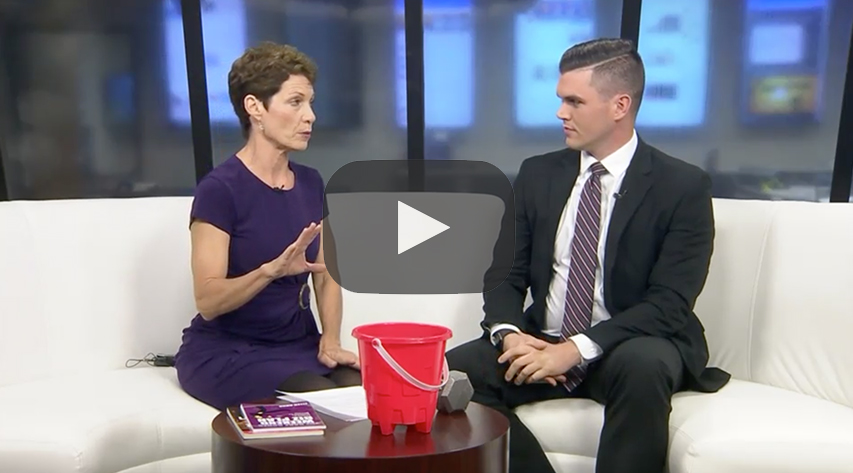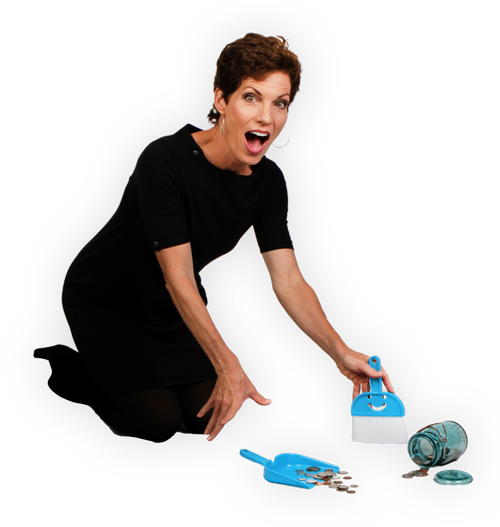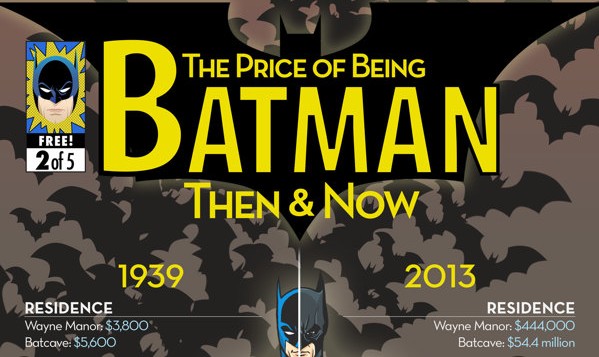How’s business? Are you happy with it? Are you better off than you were in at the beginning of the year? Are your relationships more rewarding? Is your bank account bigger?
“You may delay but time will not.”
~Benjamin Franklin
You have an opportunity to create the life you want starting right now. It’s time for the “B” word. “B” stands for goal setting. “B” stands for planning. “B” stands for…BUDGET.
DOWNLOAD A FREE MINI BUDGET RIGHT NOW!
And it’s time for you to get over your “B” word problem. You know you are supposed to put a budget together, right? Have you? Have you lined up this year in numbers and dollars? Have courage. I’ll help you. I have struggled with this. I learned how to budget only because I HAD to. And so do you. If you don’t set goals and measure your progress, your business won’t get any better. It will get worse! Yikes! Together, we can get through it. Here are some tips for putting together your business budget for this year…and beyond.
Getting Started…
- Start…by stopping. Stop whining about budgeting. Stop claiming you can’t do it. Stop claiming you don’t get it. Budgeting is your best guess at what you can do for sales and expenses for a future period of time. That’s all.
- Don’t worry about doing it just right. You can’t do it 100% right, meaning you will never guess exactly what you will have in sales and expenses. You can’t do it wrong. Any swing at doing a budget is a positive move.
- Realize your power. You are incredibly powerful, so much more so than you realize. Writing your goals, crafting your budget, actually sets your goals into motion. You have everything to gain and nothing to lose by budgeting. So, let’s go!
Tools to use…
- Your accounting program probably has a budgeting program in it. Use it. It will do the math for you.
- Columnar pads are your friends. You know those green tinted sheets with the rows and columns inked in already? There is nothing wrong with using a pencil and paper to work out your budget.
- Print out your Income Statement (aka Profit and Loss or P&L) from the last two years. If you don’t have them, find your income tax returns. Your tax preparer created an income statement for your tax return. You can also have your check book register handy.
Basic Budgeting Steps…
- Create a reasonable chart of accounts. The chart of accounts should reflect YOUR business. Your accountant may encourage you to use his chart of accounts. Doing so makes it easier for him to do your taxes. He should accommodate you and your business by helping you create a chart of accounts that is cleaning business specific.
- Find a Budget Buddy. Doing your budget with someone else is a GREAT idea. Two sets of eyes will catch more math errors. Two brains will help you think out your assumptions. And, making an appointment with another person to work on the budget will discipline YOU to keep that appointment. Budgeting is easy to blow off because it’s not an urgent activity. Who should be your Budget Buddy? Another business owner is good. You can also work with one of your employees on the budget. Don’t be afraid to share your financial information with a key employee. Their financial literacy makes them more valuable to your organization.
- There are two ways to approach the sales line of your budget.
- Set a sales goal… and work from there.
- Fill in all your projected costs, and then see how much sales will have to be to cover costs and leave your desired profit.
Either way is OK. If you start with the sales line, and there is not enough on the top to cover all the expenses you anticipate, you can go up to the top line and change your budgeted sales to make it work. Remember…the Budget is pretend. It’s a guess. You can move the numbers around.
- Work your way down the list of costs and make your best guess. Reference your income statement, tax returns and check register to see how much you have spent on expenses in the past.
- Be generous with your expenses. Put in lots of money for you and your team. Put in dollars for Customer Satisfaction…the extra things you do to make things right (flowers if you show up late, carpet cleaning if you make a mess.) Put enough money in so that you can make a few mistakes – you will! – and not be resentful when you have to make a wrong…right.
- You can fill in the budget for the whole year, or month by month. Month by month is a more usable format when it comes to checking actual performance to budgeted numbers.
- The budget is just goal setting. It doesn’t need to be bound by strict accounting rules. You can budget for expenses you haven’t incurred yet. For instance, if you want to set aside money for buying a new truck, you can budget for it first…and then buy once you have the money saved.
- Keep a Budgeting Log. You are going to pull some of your budgeted numbers from thin air. Write down notes to yourself as you come up with the numbers for your budget. When you refer to your budget in the months to come, you may forget your assumptions. Write them down in your Budgeting Log.
Use it or lose it…
- Don’t bury your budget in a drawer once you consider it “done.” A budget is a viable goal setting…and getting…tool. Each month, compare your actual performance to your budgeted performance. Even better, check your progress every week. If you are behind in sales, take action to crank up sales…and to cinch down expenses. If you don’t refer to your budget until after the month is over, you may miss the opportunity to salvage a month.
 Need more help?
Need more help?
- If you flip to the back of the magazine, you’ll find several budgeting program choices.
- I wrote a nice little book on budgeting called “How Much Should I Charge?” It takes you step by step through the process of creating a budget and a corresponding selling price. Check it out
Once upon a time, I taught skiing at Park City Ski Area. A client signed up to take a week’s worth of ski lessons with me. As an instructor, a week of lessons is a big money maker. Still, I had to turn him down.
I told him, “Listen, you are only going to be here for a week. If you take lessons every day, you’ll miss the chance to just SKI. You need to learn a bit, and then go practice. Have fun. Make some mistakes. Try things out on your own. If you only take lessons, you’ll miss the point: YOU want to SKI.” We settled on a few lessons with some free time in between.
So…go forth and budget. You know more than you think you do. Don’t avoid budgeting because you are not sure that you know how. This stuff isn’t that hard. If you aren’t super comfortable with it, you will avoid it. Or, claim you don’t “get” it. But you get it enough to give it a swing. This column has enough information for you to get started. Put together a budget for this year. It’s not over yet! Check your progress against it each week. And have some fun out there on the steep slopes of business.
This year, let the “B” stand for BIG BUCKS!
















